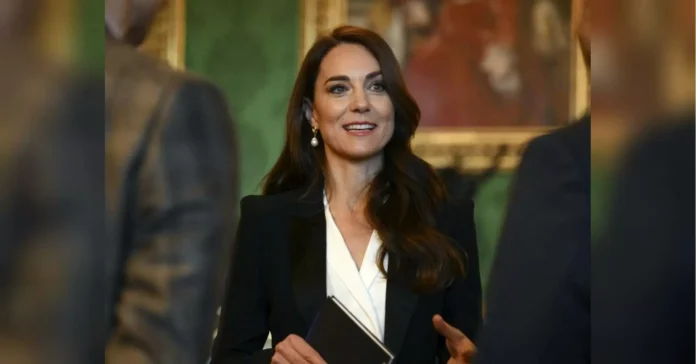In recent months, the world has been facing an unprecedented crisis – the COVID-19 pandemic. This global health emergency has affected every aspect of our lives, from the way we work and socialize to the way we consume news. The media landscape, especially in America, has undergone a significant shift in tone and content, with a surge of support and well-wishes for those affected by the virus.
The pandemic has brought out the best in people, with communities coming together to support each other in these trying times. This sense of solidarity and compassion is also reflected in the media, where we see a shift from sensationalism and negativity to a more positive and empathetic tone. Everywhere we turn, we hear words of support and wishes for a speedy recovery.
One of the most heartwarming examples of this change in tone can be seen in the coverage of healthcare workers. These brave individuals are on the frontlines, risking their lives to save others. The media has been quick to recognize their sacrifices and has been actively sharing their stories of courage and resilience. From articles highlighting their tireless efforts to social media posts thanking them for their service, the media has been a source of encouragement and appreciation for these heroes.
Moreover, the media has also been a platform for spreading awareness and promoting safety measures. With the constant barrage of news and updates about the pandemic, it can be overwhelming for people to keep up. However, the media has taken on the responsibility of educating the public about the virus and how to protect themselves and their loved ones. From informative articles to interviews with experts, the media has been playing a crucial role in disseminating accurate information and dispelling myths and misinformation.
Another significant change in the media’s tone can be seen in the coverage of those affected by the virus. In the initial stages of the pandemic, the media focused on the rising number of cases and deaths, which created a sense of fear and panic among the public. However, as the situation evolved, the media shifted its focus to stories of hope and recovery. We now see heartwarming stories of survivors, their journeys to recovery, and the support they received from their communities. This change in tone not only provides a sense of relief but also instills a sense of hope and resilience in the face of adversity.
The media has also been a platform for spreading positivity and kindness. In these challenging times, acts of kindness and generosity have been a ray of light for many. The media has been actively sharing stories of people coming together to help their neighbors, strangers, and even healthcare workers. These stories of kindness and compassion have been a source of inspiration and motivation for many, reminding us that even in the darkest of times, there is still goodness in the world.
Furthermore, the media has also been a source of entertainment and distraction for people during the lockdown. With most of the world under quarantine, people have turned to the media for entertainment and a break from the constant news cycle. From virtual concerts to online events, the media has been providing much-needed relief and a sense of normalcy in these uncertain times.
In conclusion, the tone of the media in America and around the world has shifted to one of support, positivity, and hope. The pandemic has brought out the best in people, and the media has been a reflection of this. From highlighting stories of courage and resilience to spreading awareness and promoting kindness, the media has played a crucial role in keeping the public informed and motivated. In these challenging times, the media has been a source of comfort, inspiration, and unity, reminding us that we are all in this together.

